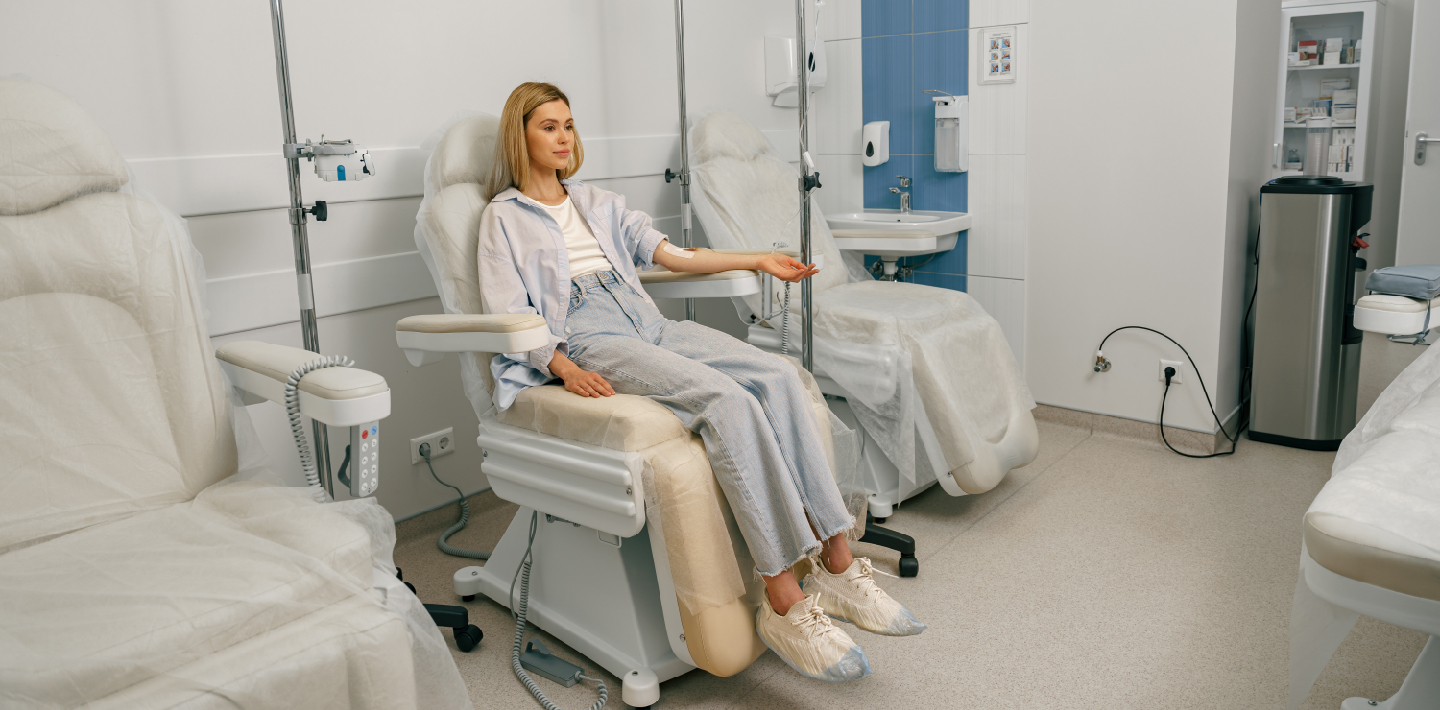Living with kidney failure can be challenging, but recent advancements in home hemodialysis have opened up new options beyond traditional in-clinic treatments. This innovative approach allows patients to manage their condition with greater independence and improved quality of life.
Home hemodialysis offers an effective way to treat renal failure, providing patients with flexibility and control over their treatment. It is reshaping how people live with kidney failure, giving them more autonomy in managing their health. Let’s explore how home hemodialysis works, its benefits, and how it brings patients closer to a sense of normalcy.
Understanding Home Hemodialysis
Home hemodialysis enables patients to perform their dialysis treatments at home rather than having to visit a clinic multiple times a week. These clinic sessions can take several hours and often disrupt daily schedules. Home hemodialysis eliminates this burden, giving patients the freedom to fit treatment into their own routines.
During home hemodialysis, a machine filters waste and excess fluids from the blood, much like healthy kidneys would. The primary difference from in-clinic treatments is that patients can carry out the process at home, providing them with flexibility and control.
How It Works: A Step-by-Step Guide
Though home hemodialysis may initially seem daunting, it becomes a manageable part of daily life with proper training. Here’s an overview of the process:
-
- Training: Patients receive training from healthcare professionals on how to use the equipment, monitor vital signs, and handle any emergencies.
- Home Setup: A clean, designated space is set up for the dialysis machine. The area must be sterile to ensure a safe treatment environment.
- Preparation: Patients wash their hands, disinfect equipment, and connect to the machine via a vascular access point.
- Dialysis Session: The machine draws blood, filters it, and returns it to the body. Sessions typically last 2-4 hours.
- Monitoring: Patients monitor their blood pressure and follow safety guidelines. Remote assistance is available if needed.
- Post-Treatment Care: After disconnecting, patients clean the site and record treatment details, sharing this information with their healthcare provider.
Benefits:
It isn’t just about convenience—it offers multiple advantages that can lead to improved health outcomes:
-
- Flexibility: Patients can schedule treatments at any time, fitting dialysis around their personal and professional lives.
- Improved Health Outcomes: Frequent home dialysis sessions help better control blood pressure, reduce waste buildup, and decrease dietary restrictions, which can lead to fewer hospital visits.
- Comfort and Familiarity: Receiving treatment at home reduces stress and anxiety, allowing patients to relax in a familiar setting.
- Independence: Patients take an active role in their care, gaining a sense of control over their health.
- Cost Savings: While the initial setup may be costly, patients often save on transportation and can reduce the need for frequent clinic visits.
Who Should Consider Home Hemodialysis?
Home hemodialysis isn’t for everyone, but it can be a great option for patients with stable health, a supportive home environment, and a willingness to learn the process. Patients with limited mobility or complex health conditions may find in-clinic treatments more suitable.
The Future of Home Hemodialysis
Home hemodialysis technology continues to evolve, with portable equipment making it easier to travel and conduct dialysis outside the home. Telemedicine also enhances the experience, allowing real-time communication with healthcare providers. As technology advances, home hemodialysis is set to play an even more significant role in kidney failure treatment, offering flexibility and a higher quality of life.
Conclusion
Home hemodialysis is revolutionizing kidney failure treatment, offering patients a new level of freedom and control. With the ability to perform treatments at home, individuals can enjoy improved health outcomes and a better quality of life. If you or a loved one is considering this option, consult your healthcare provider to explore whether home hemodialysis is right for you. Sharing your experiences can also help others navigate their own treatment journeys.

